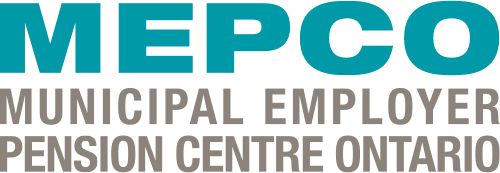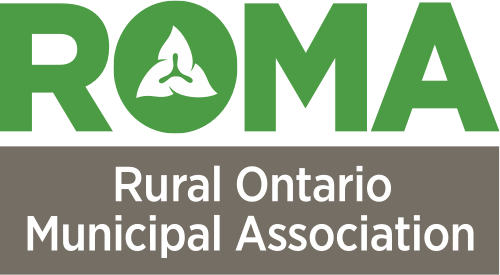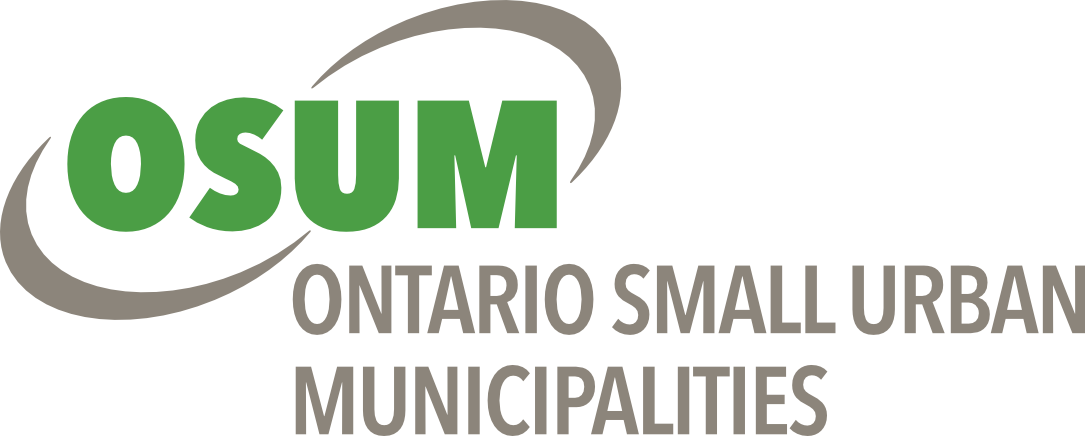Fiscal Advantages of Municipal Health and Safety Programs
By Sobi Ragunathan
Vice President of Operations, Strategy & Partnerships
4S Consulting
In today's dynamic economic landscape, municipalities are increasingly recognizing the importance of prioritizing health and safety in the workplace. While the immediate benefits of maintaining a safe and healthy work environment are apparent, it is equally crucial to understand the long-term return on investment (ROI) associated with such initiatives. This article delves into the concept of ROI in health and safety, exploring its significance, the key metrics used to measure it, and the tangible benefits it offers to both municipalities and their people.
The Significance of Health and Safety in the Workplace:
Health and safety in the workplace extends beyond mere compliance with regulations. It encompasses creating a sustainable culture that promotes employee well-being, reduces risks, and fosters productivity. According to the Occupational Safety and Health Administration (OSHA), businesses spend billions of dollars annually on work-related injuries and illnesses. By prioritizing health and safety, municipalities can reduce these costs, enhance employee morale, and improve the efficiency of the municipality, while reducing the manual burden on health and safety representatives.
Measuring the ROI and Tangible Benefits of Health and Safety:
To comprehend the ROI of health and safety, municipalities rely on specific metrics and data-driven analysis. Lost-time injury rate, total recordable incident rate, and workers' compensation costs are some of the key indicators used to assess the impact of health and safety initiatives. Furthermore, studies have consistently shown a positive correlation between safety investments and financial performance.
According to the WSIB Health and safety statistics, a total of 60 occupational disease claims were registered last year. Between 2012 and 2022, over 21,000 claims have been registered. Although there is a considerable decline in the claims, the focus should be to maintain the trend.
A graphical representation of the last 10 years (2012-2022) is displayed below showcasing the four major categories of occupational diseases for which claims were registered.
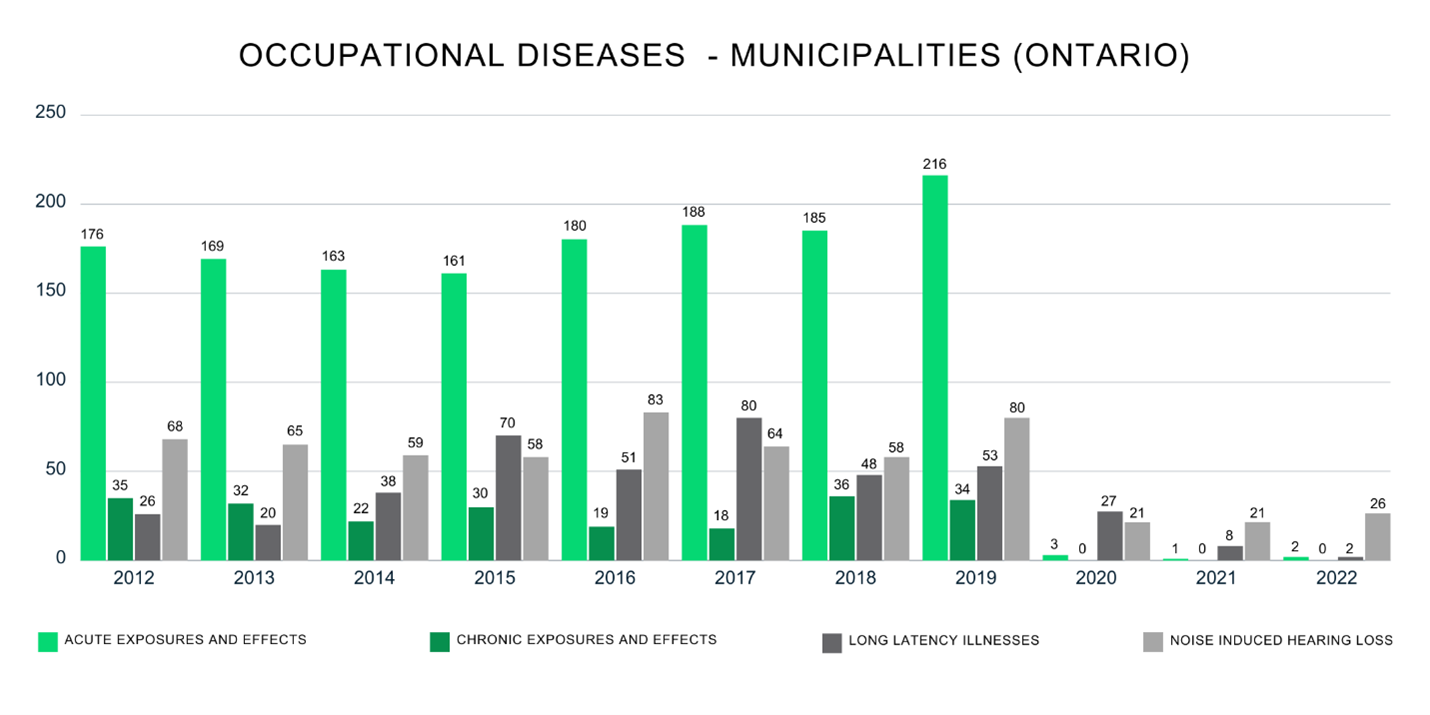
Tangible Benefits of Investing in Health and Safety:
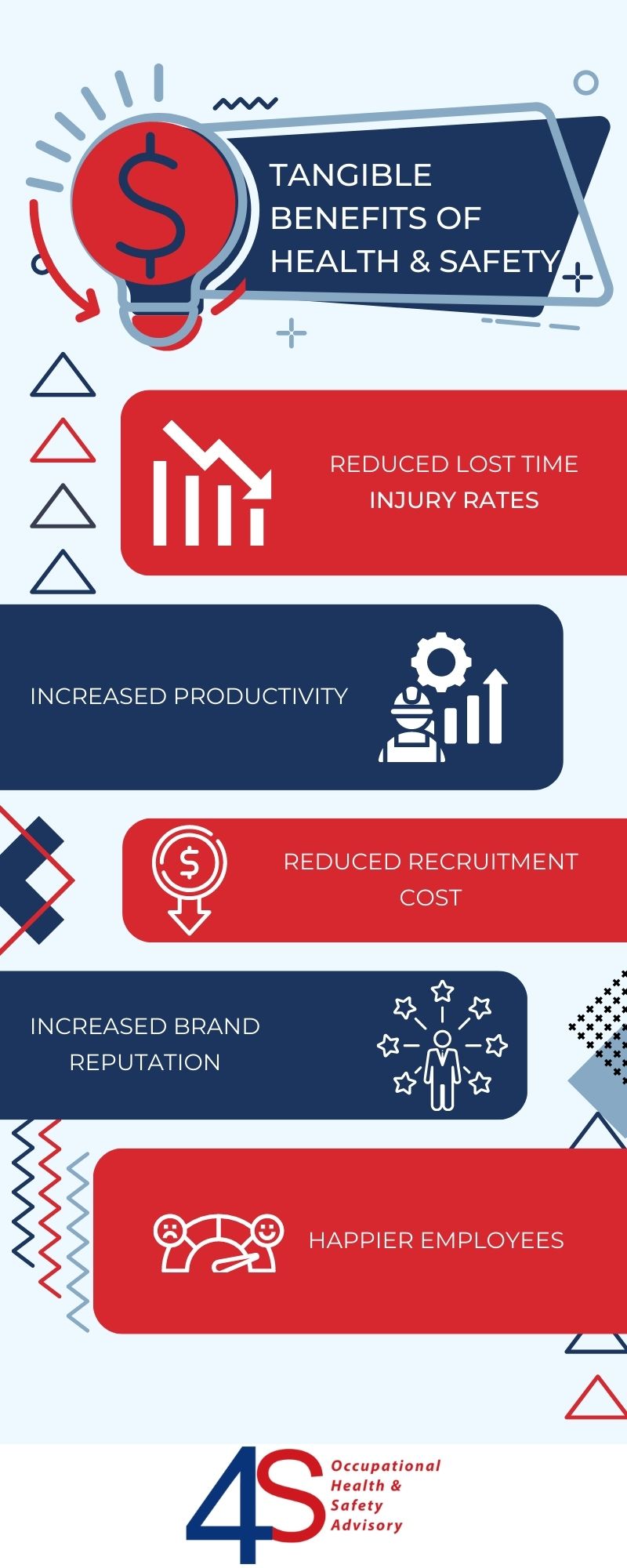
Investing in health and safety initiatives yields numerous tangible benefits for the municipalities and their employees.
First and foremost, it reduces the occurrence of work-related injuries and illnesses, resulting in fewer lost workdays and reduced workers' compensation costs. This not only saves municipalities money but also enhances productivity by ensuring a healthy and engaged workforce.
Additionally, a safe and healthy work environment fosters employee satisfaction, leading to improved retention rates and reduced recruitment costs. When employees feel valued and protected, they are more likely to stay committed to their organizations, resulting in reduced turnover and associated expenses. The impact on hiring costs can often be exponential as employees gravitate towards a safe culture within a municipality.
Injury rates at municipalities can tend to be quite high. Knowing you work for a municipality that truly cares for your safety and well-being gives a huge boost to employee morale!
The financial benefits of reduced injuries are enormous, and some estimate the indirect cost of injuries to a municipality can be 4 times that of any direct cost we might calculate. Hence, understanding the impact of a sustainable Health and Safety Program today is your first step towards Health and Safety Excellence!


